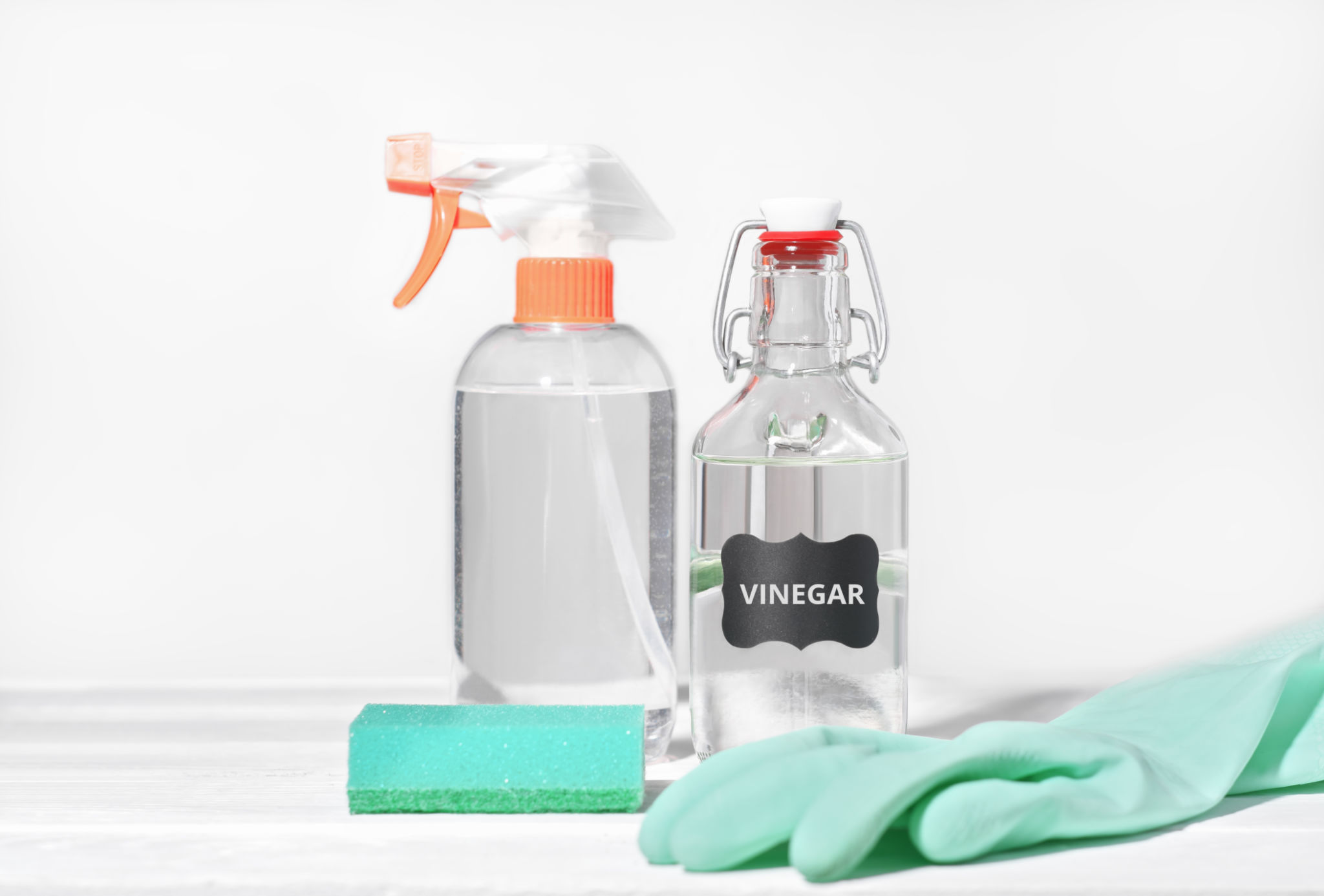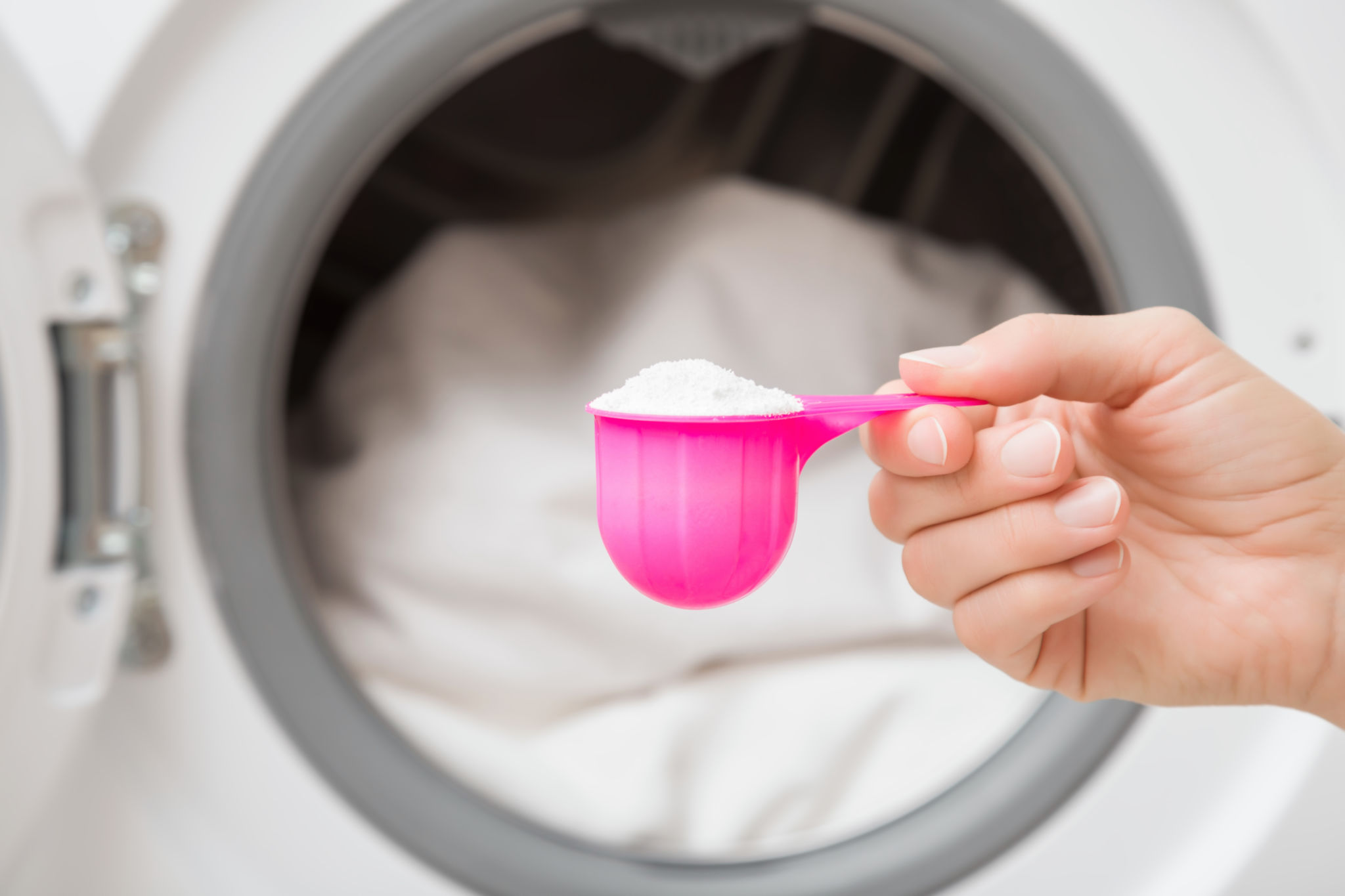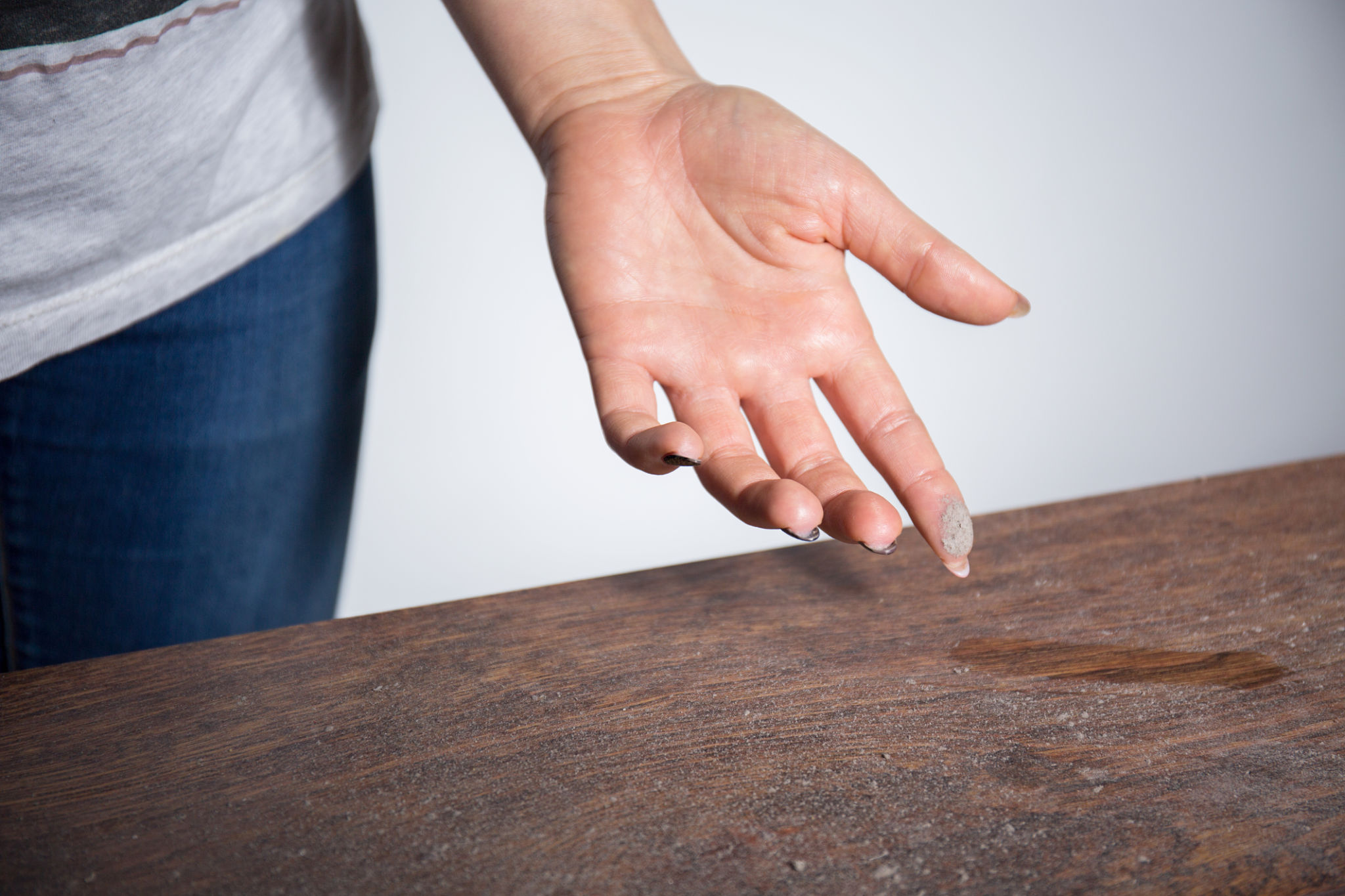Debunking Cleaning Myths: What Really Works for a Deep Clean
The quest for a spotless home is never-ending, but along the way, many cleaning myths have taken root, promising miraculous results with minimal effort. It's time to separate fact from fiction and debunk some of the most common cleaning myths to ensure your home gets that much-coveted deep clean.

Myth #1: Vinegar Cleans Everything
Vinegar is often touted as a miracle cleaner that can tackle any mess. While it's true that vinegar can be an effective cleaner for many surfaces, it is not a universal solution. Vinegar is acidic, which makes it great for cutting through grease and mineral deposits. However, it can damage surfaces like granite, marble, and natural stone.
For these surfaces, it's best to use a pH-neutral cleaner to avoid potential damage. Remember, while vinegar is great for windows and some kitchen surfaces, it isn't a one-size-fits-all solution for your entire home.
When to Avoid Vinegar
- Natural stone countertops
- Hardwood floors
- Electronic screens

Myth #2: More Detergent Means Cleaner Clothes
It's a common misconception that using more detergent will result in cleaner clothes. In reality, using too much detergent can lead to residue build-up on your clothes and inside your washing machine. This build-up can actually make your clothes appear dull and attract more dirt.
For the best results, always follow the recommended amount of detergent on the package. Additionally, consider using high-efficiency detergents if you have a high-efficiency washer, as they are formulated to work with less water.
Signs You're Using Too Much Detergent
- Clothes feel sticky or stiff
- The washing machine has a musty odor
- Excessive suds in the machine

Myth #3: Bleach is the Best Disinfectant
Bleach is often seen as the ultimate disinfectant, but it's not always the best choice for every cleaning task. Bleach is highly effective at killing bacteria and viruses; however, it can be harsh and may discolor or damage certain surfaces.
For a more gentle yet effective disinfecting solution, consider using hydrogen peroxide or alcohol-based cleaners. These options are often less harsh and can be used on a wider variety of surfaces without the risk of damage.
Where Bleach Falls Short
- Colored fabrics
- Porous surfaces like wood
- Certain metals which it can corrode over time

Myth #4: Feather Dusters Remove Dust Effectively
A feather duster may seem like a quick way to dust your home, but in reality, it often just moves dust around rather than removing it. To effectively remove dust, use a microfiber cloth or an electrostatic duster, which are designed to capture dust particles instead of just displacing them.
Microfiber cloths are especially effective because they attract and hold dust with their tiny fibers, ensuring that dust is removed rather than redistributed.
Effective Dusting Alternatives
- Microfiber cloths
- Electrostatic dusters
- Vacuum attachments for dusting

By debunking these common cleaning myths, you can ensure your home gets a truly deep clean. Remember that using the right tools and products for each surface is crucial. Armed with this knowledge, you'll be well-equipped to tackle any mess and maintain a sparkling clean home.
